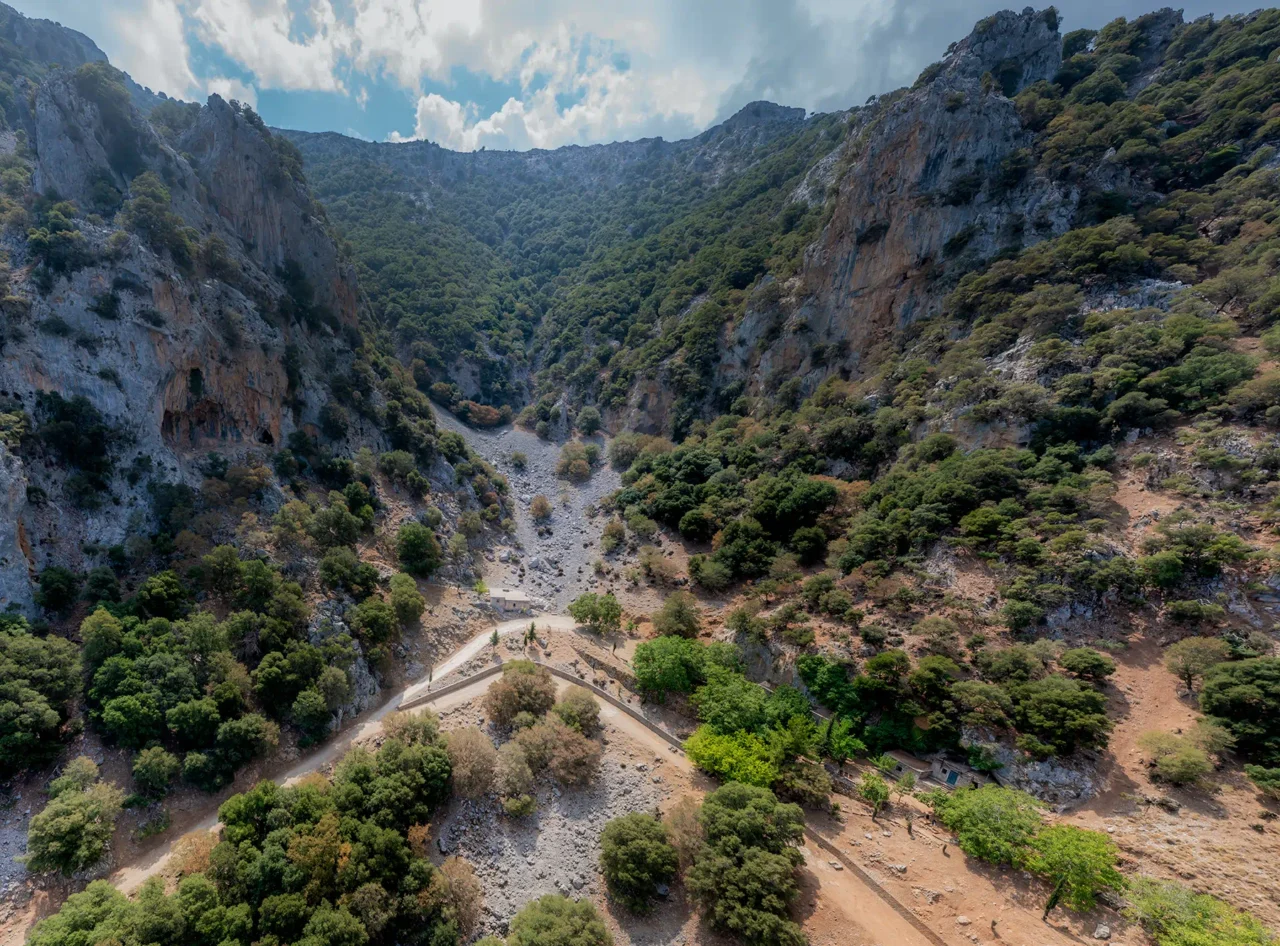
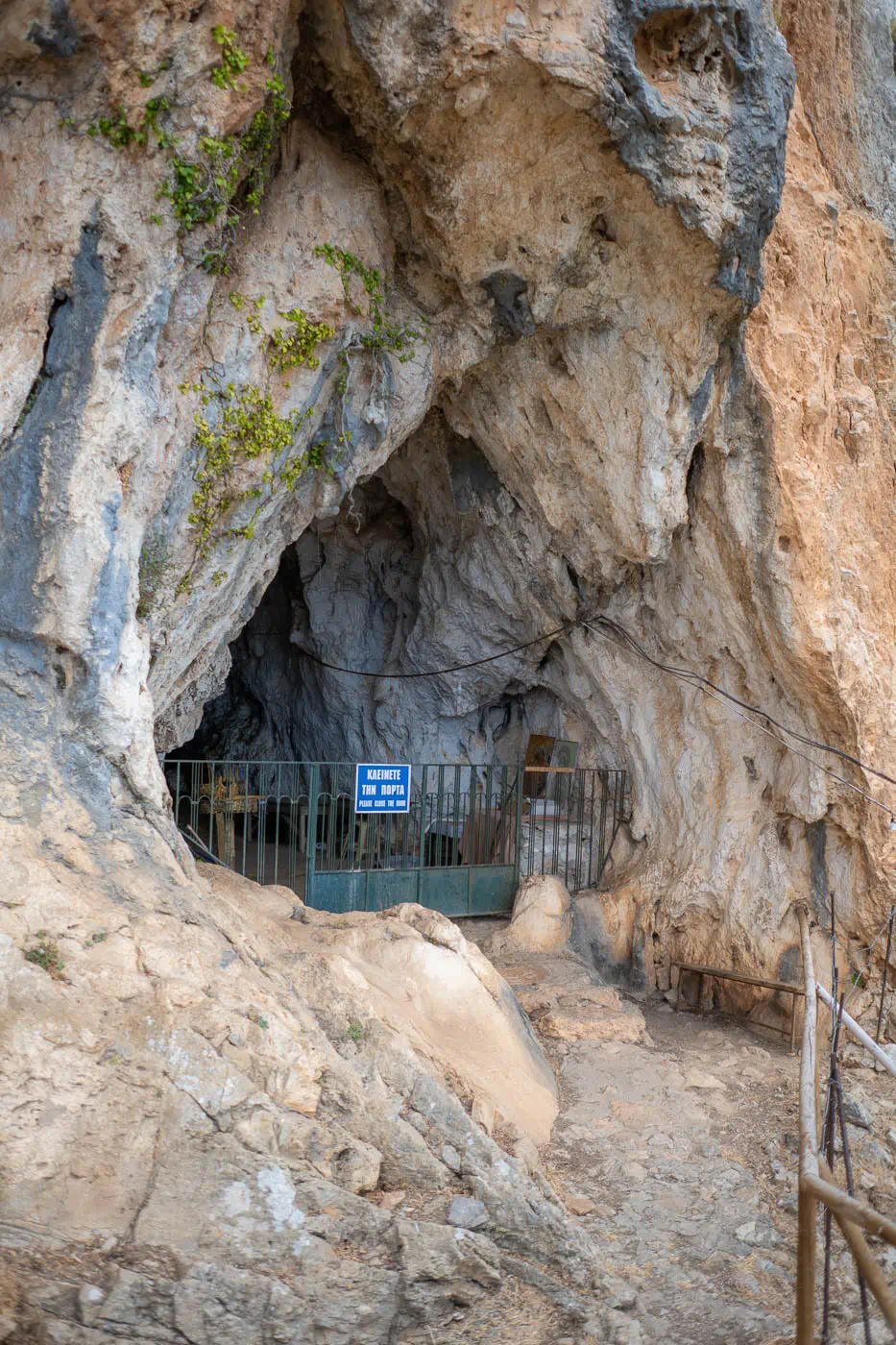
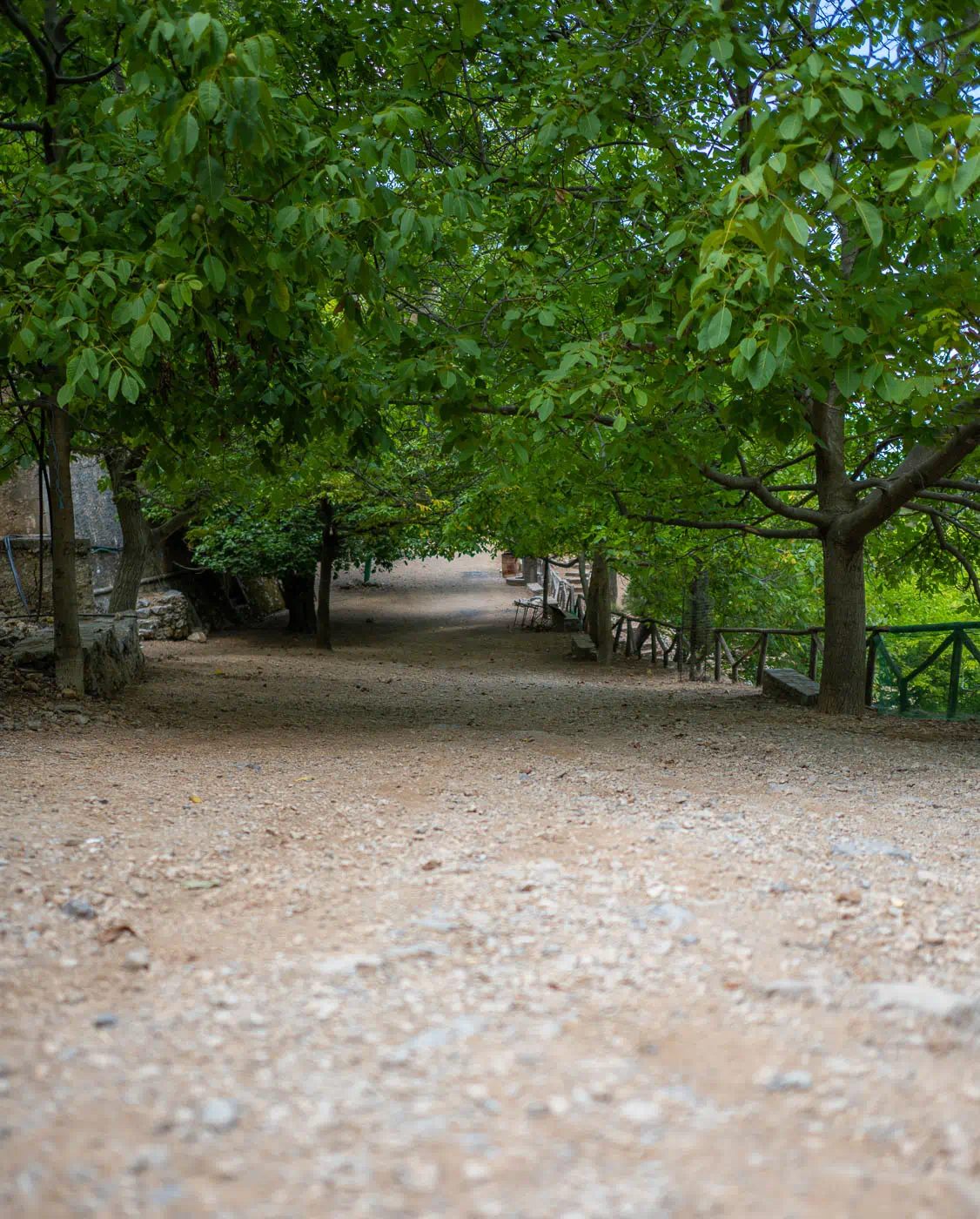
The Agia Fotini Cave and the nearby Agia Anna Church are located on Mount Louloudaki, near the village of Avdou next to Aposelemis river dam on the island of Crete, Greece. The cave, formed by the erosion of limestone, served as a place of worship and refuge throughout history.
Agia Fotini Cave
According to local tradition, Saint Fotini sought a secluded place to dedicate her life to God. Unable to find a suitable location, the Virgin Mary appeared to her and miraculously opened the cave in the rock. The cave is believed to have healing properties, particularly for women struggling with infertility.
The cave is accessible via a dirt road and an uphill path. The entrance leads to a narrow corridor, once an underground riverbed, which opens into a larger chamber. This chamber serves as the church dedicated to Agia Fotini. A stalagmite rises above the altar, and a small hole at its top leads to a network of unexplored tunnels and chambers.
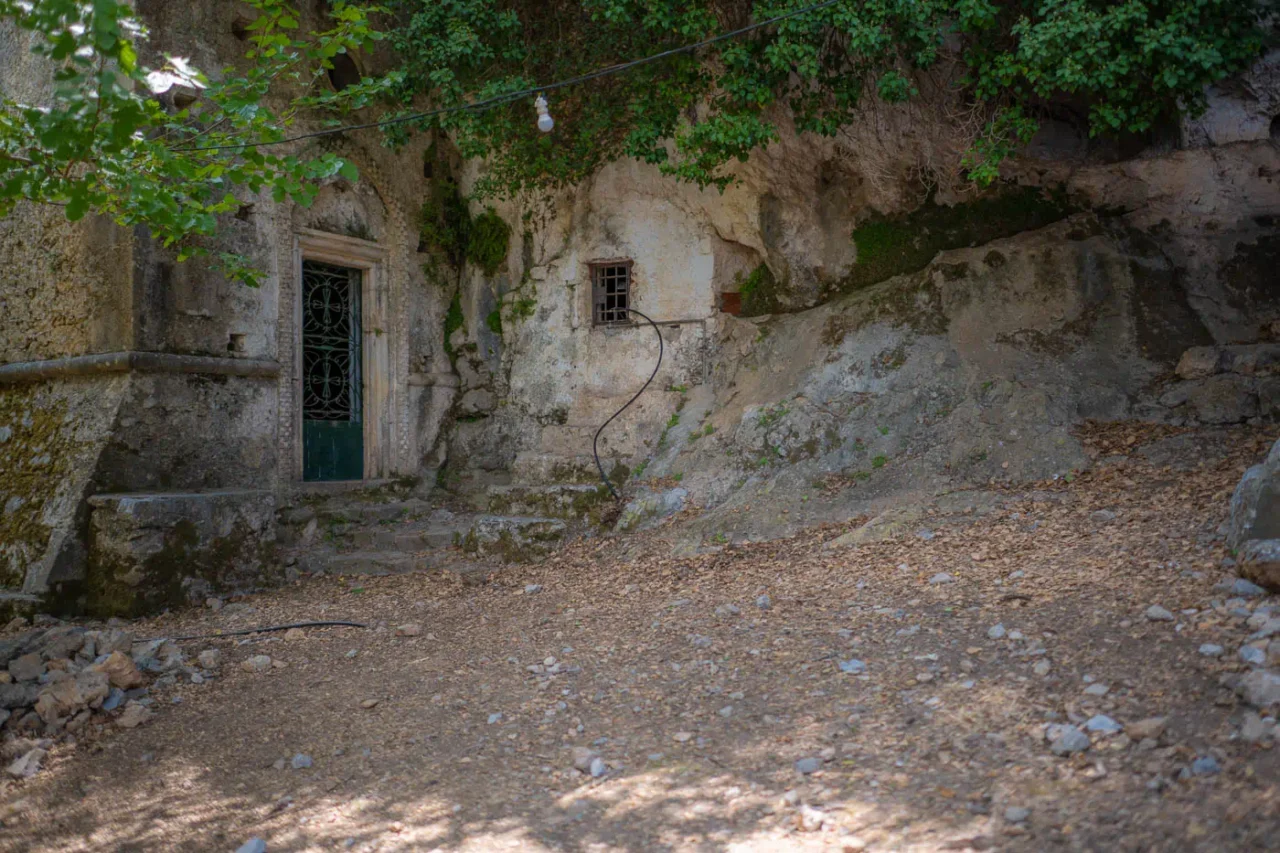
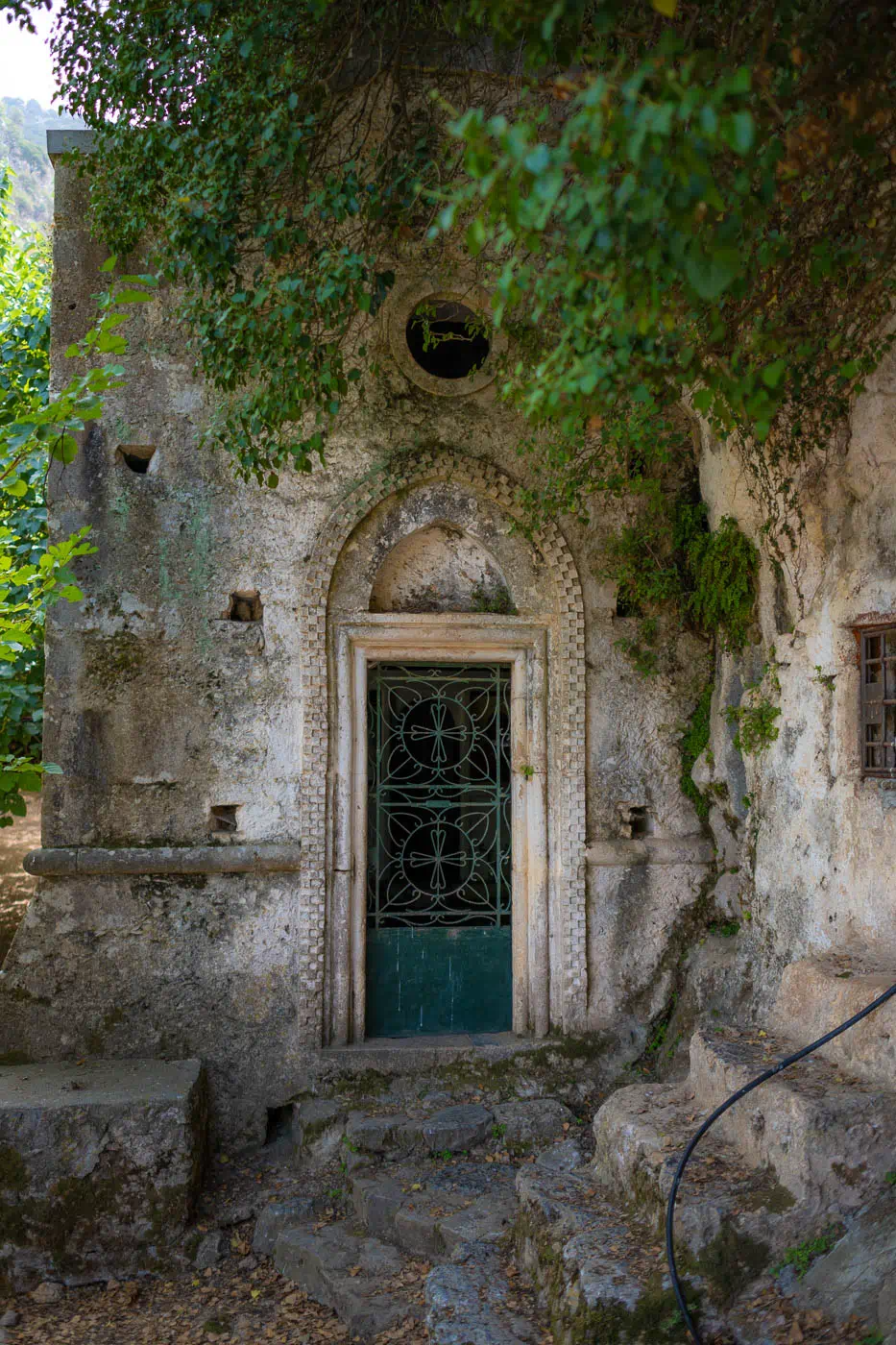
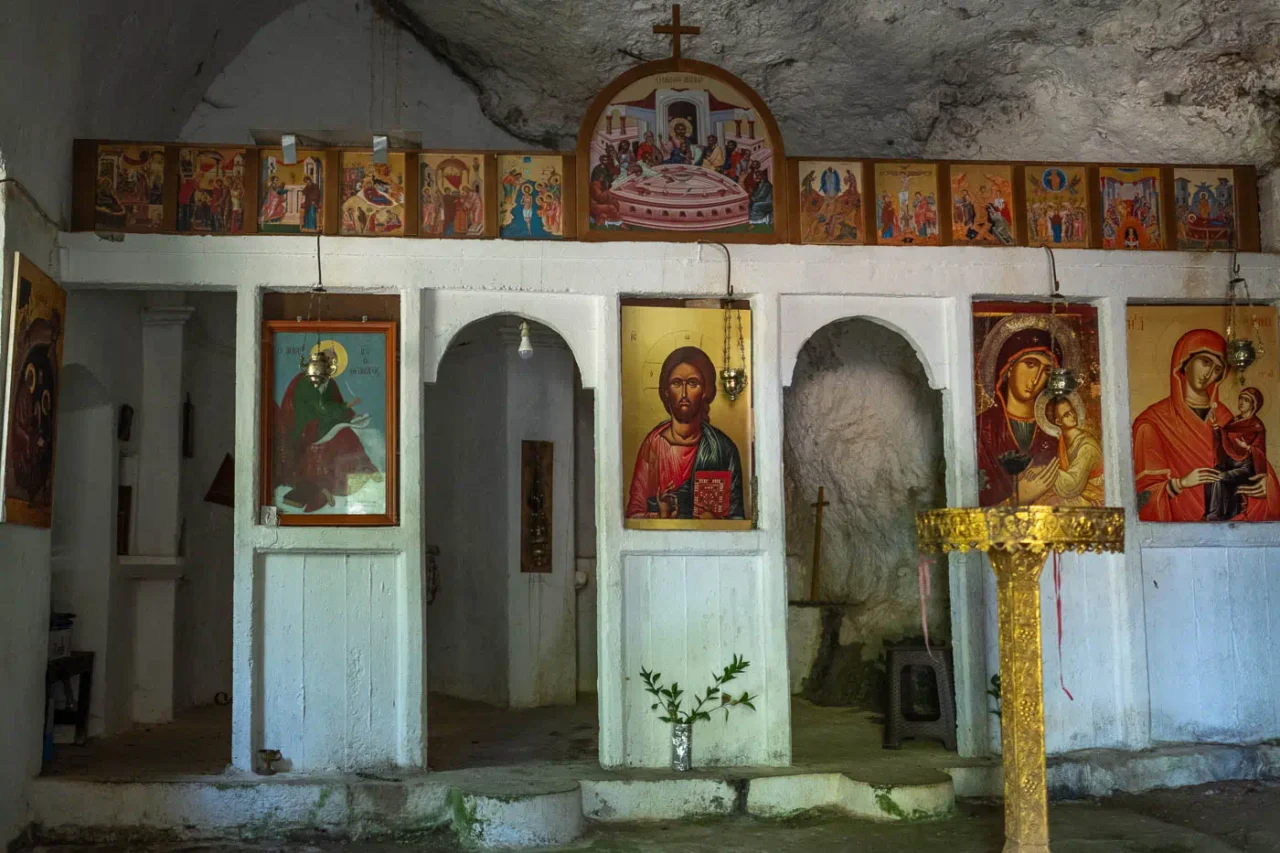
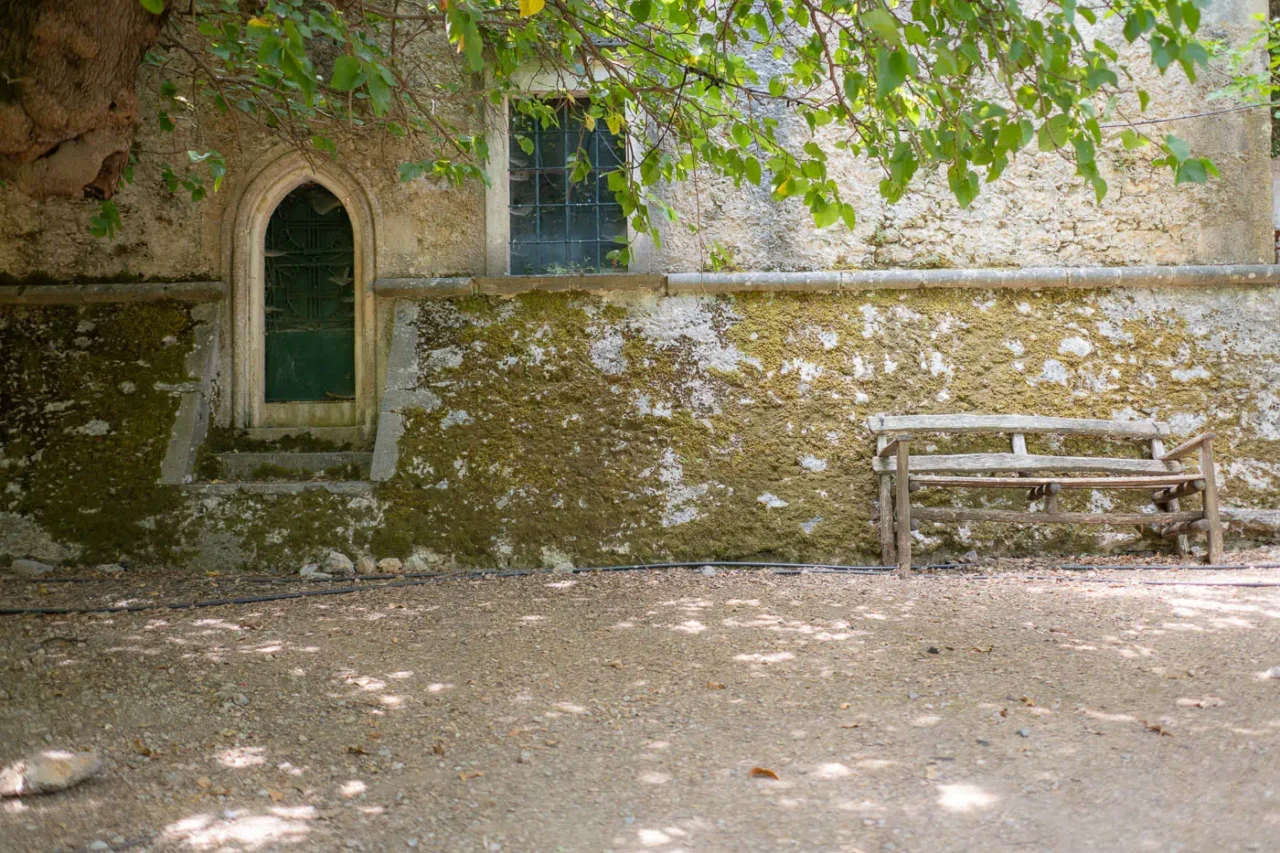
Agia Anna Church
The Agia Anna Church is located near the cave, in a picturesque setting overlooking the Langada valley. The church hosts a large festival on the fourth Sunday after Easter.
Bullet Points
- Construction Period: The cave’s use as a place of worship likely began in the 19th century, although sporadic use by hermits may have occurred earlier. The church’s construction date is unknown.
- Location: Mount Louloudaki, near Avdou village, Crete, Greece.
- Dimensions: The accessible part of the cave is approximately 44 meters long. The total length of the known passages is around 700 meters. The church’s dimensions are not readily available.
- Historical Significance: The cave served as a refuge during the Cretan Revolts. It also holds religious significance for those seeking blessings for fertility.
- Current Status: The cave and church are open to the public. The cave is accessible via a dirt road and an uphill path.













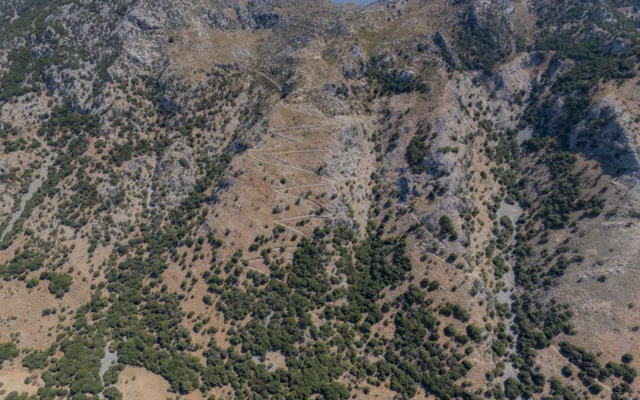

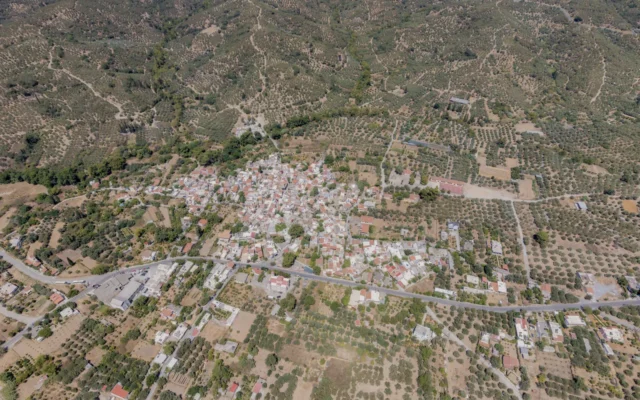

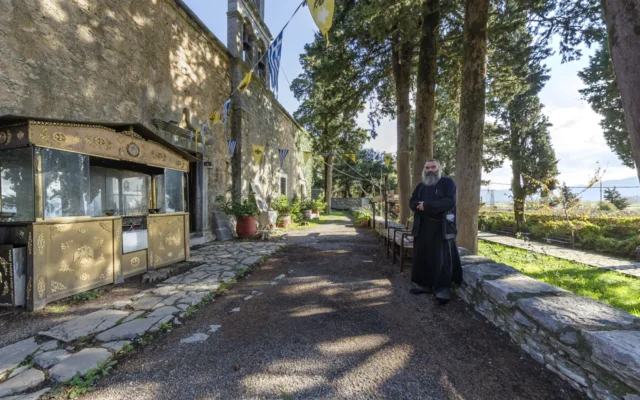

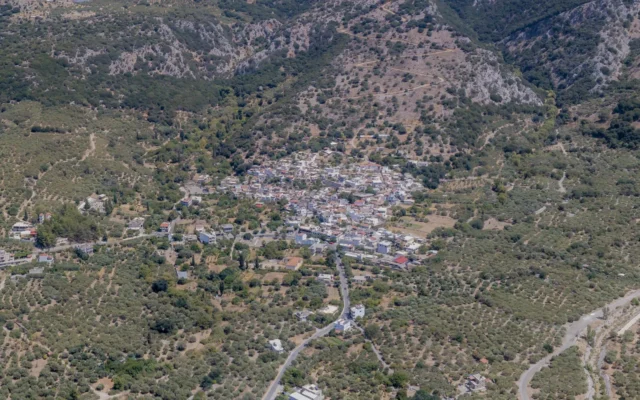



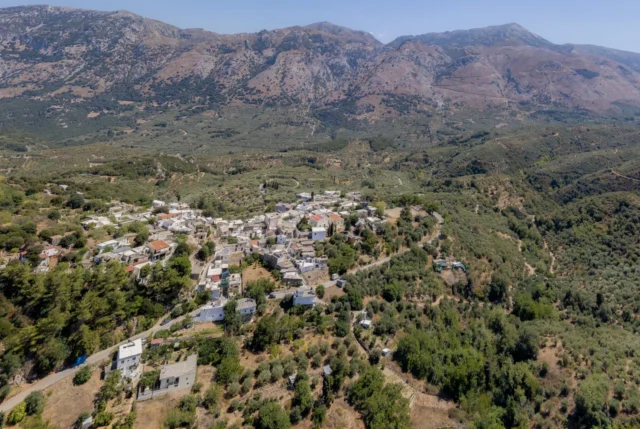
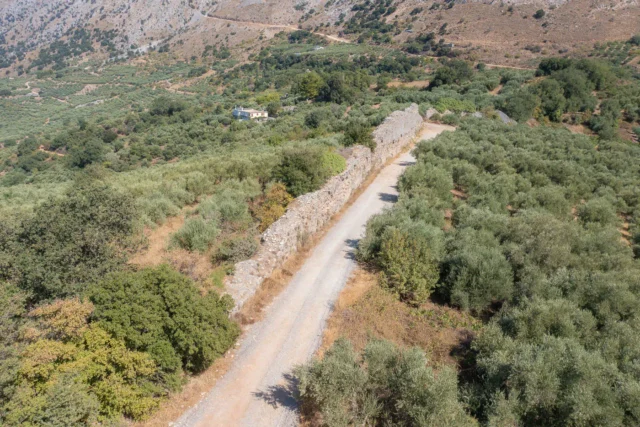
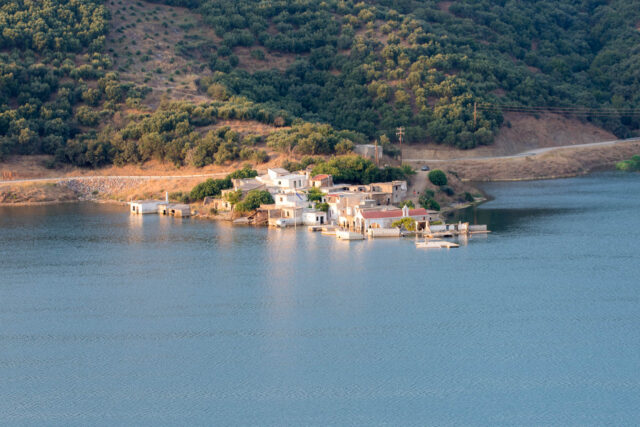

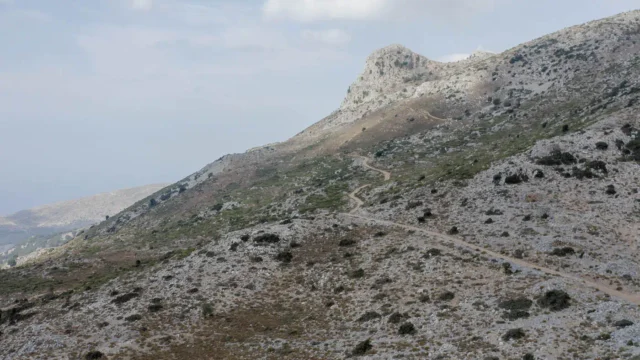

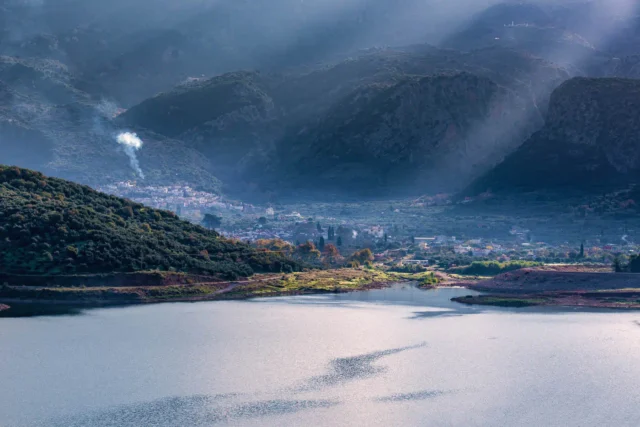
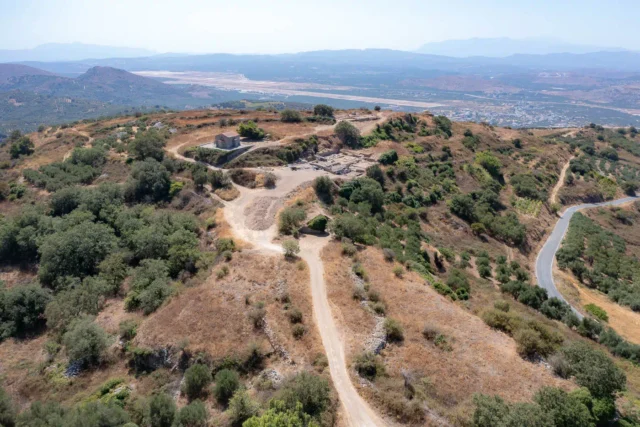
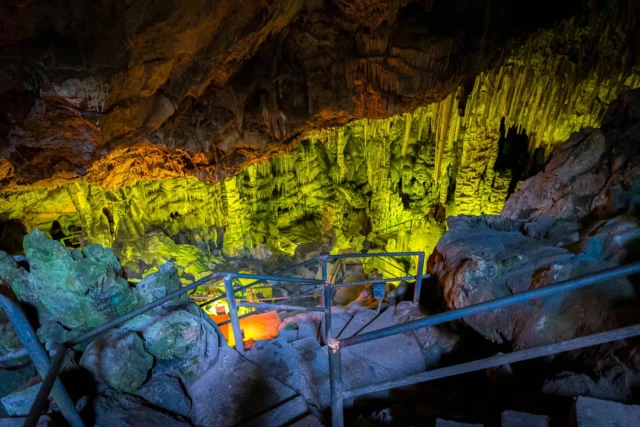

There are no comments yet.